| |
|
|
Botanical Name |
: |
Vernonia cinerea LESS |
English
Name |
: |
Purple Fleabane |
Synonym(s) |
: |
Conyza cinerea L., Vernonia albicans auct. non DC., Vernonia patula |
Family |
: |
Asteraceae |
| |
General Info
| Description |
 |
|
An erect and rarely decumbent herb. The stem is slender, grooved and ribbed. The leaves are variable in shape, broadly elliptic or lanceolate, membranous or rather coriaceous. The flowers are pinkish and purple, in minute heads in rounded or flat-topped corymbs. The achenes are oblong, terete, & slightly narrowed at the base. |
| Herb Effects |
 |
|
As a tonic, febrifuge, astringent, alternative, diaphoretic, increasing the secretion of gastric juices, alleviates spasms anticancer and antiviral (plant); antidiarrheal (root); alexipharmic and anthelmintic (seed). |
Chemistry
| Active Ingredients |
 |
|
Beta-amyrin, beta-sitosterol, linoleic acid, lupeol, oleic acid, palmitic acid, stigmasterol (seed); HCN, triterpenes (plant); luteolin-7-mono-beta-D-glucopyranosides (aerial part). |
| Chemistry
of Active Ingredients |
 |
|
|
 |
Name |
CAS# |
IUPAC Name |
Formula |
Structure |
 |
|
| Stigmasterol |
4736-55-4 |
17-(4-ethyl-1,5-dime
thyl-hex-2-enyl)-10,
13-dimethyl-1,2,4,5,
6,7,8,9,10
,11,12,1
3,14,15,16,17-hexade
cahydrocyclopenta[a]
phenanthren-3-one |
C29H48O |
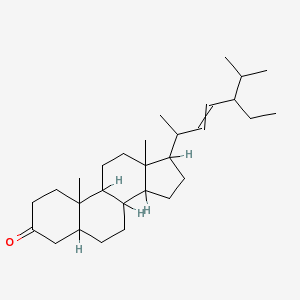
|
| Beta-Sitosterol |
5779-62-4 |
17-(5-ethyl-6-methyl
-heptan-2-yl)-10,13-
dimethyl-2,3,4,7,8,9
,11,12,14,
15,16,17-dodecahydro
-1H-cyclopenta[a]phe
nanthren-3-ol |
C29H50O |
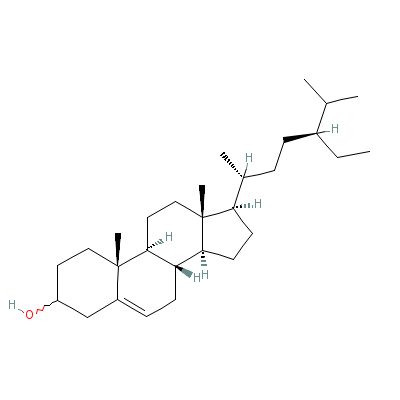
|
| Beta-Amyrin |
559-70-6 |
4,4,6a,6b,8a,11,11,1
4b-octamethyl-1,2,3,
4a,5,6,7,8,9,10,12,1
2a,14,14a-
tetradec
ahydropicen-3-ol |
C30H50O |
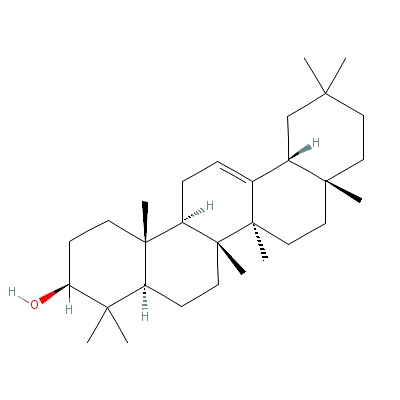
|
| Linoleic acid |
8024-22-4 |
Octadeca-9,12-dienoi
c acid |
C18H32O2 |
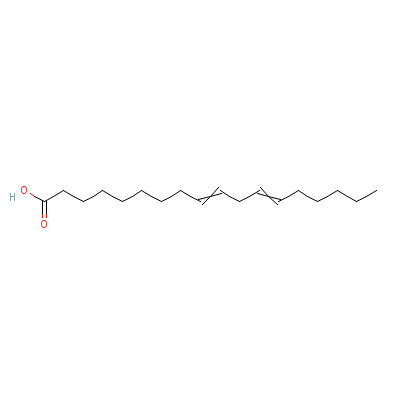
|
| Lupeol |
Not Available |
Not Available |
C30H50O |

|
| Oleic acid |
8046-01-3 |
octadec-9-enoic acid |
C18H34O2 |
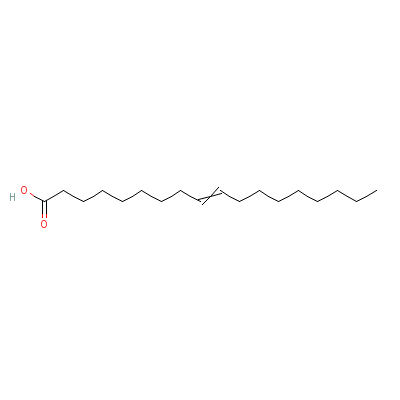
|
| Palmitic acid |
66321-94-6 |
Hexadecanoic acid |
C16H32O2 |
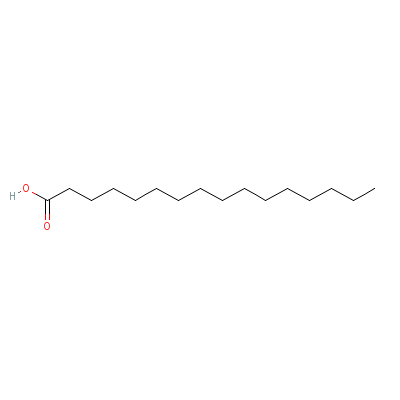
|
| HCN |
Not available |
Hydrogen cyanide |
CHN |
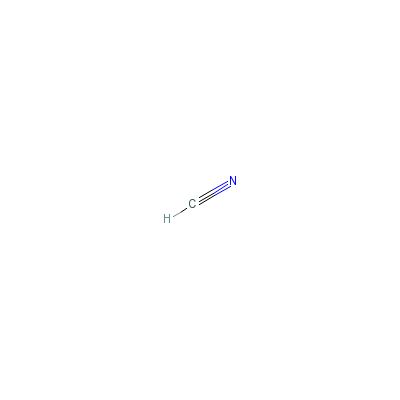
|
|
Pharmacology
| Medicinal Use |
 |
|
Useful for the purifying the blood, bile and semen, used as a specific for leucorrhoea, menorrhagia, and in the treatment of chronic skin diseases, dysuria, strangury, bladder stones, piles, worms and haematological disorders (plant); for the treatment of amoebiosis, humid herpes, eczema and ringworm and for the extraction of guinea worms, elephantiasis (leaf juice); to treat fevers, rheumatism and conjunctivitis (flowers); effective against roundworms and threadworms, leucoderma, psoriasis and other chronic skin diseases (seeds). |
| Reference |
 |
|
 Chandel et al., Biodiversity in Medicinal and Aromatic Plants in India. Chandel et al., Biodiversity in Medicinal and Aromatic Plants in India.
Uniyal et al., Medicinal Flora of Garhwal Himalayas.
The Himalaya Drug Company. |
Dealers
Products
|
|